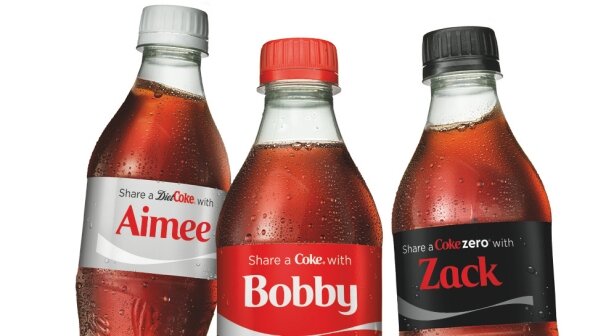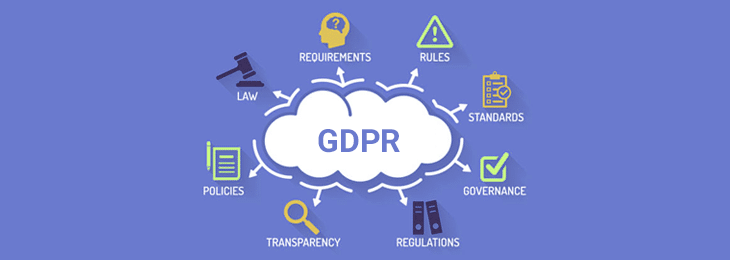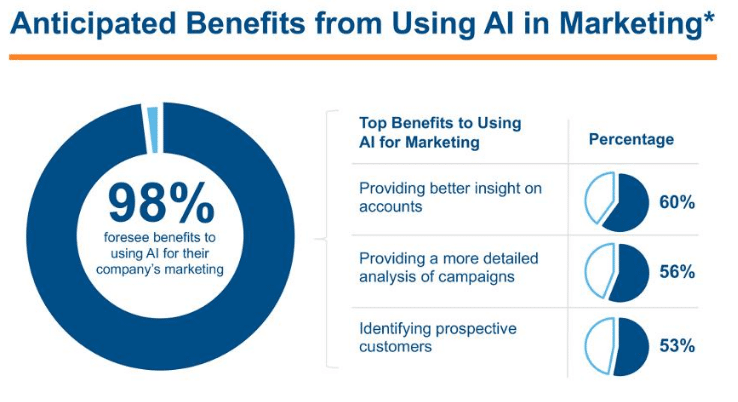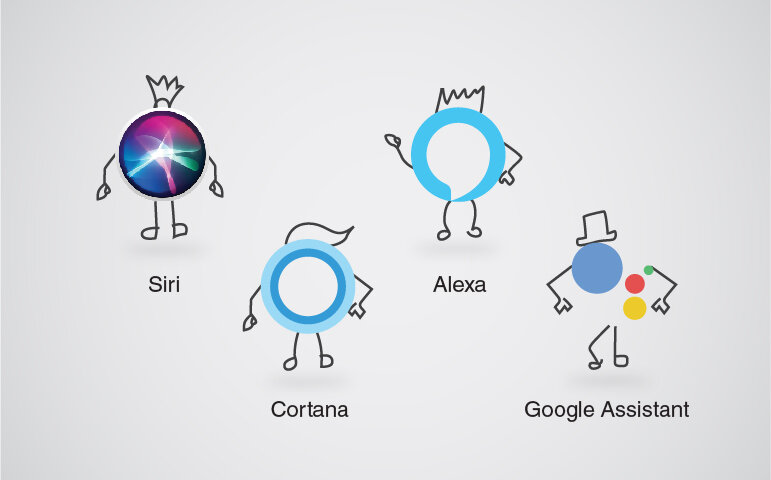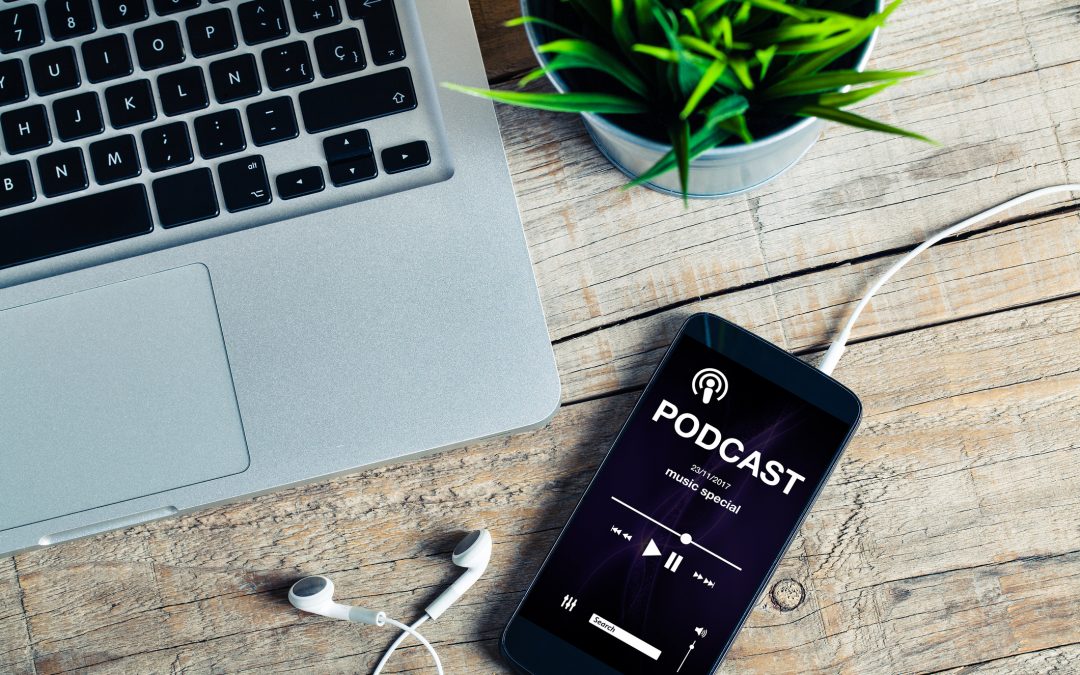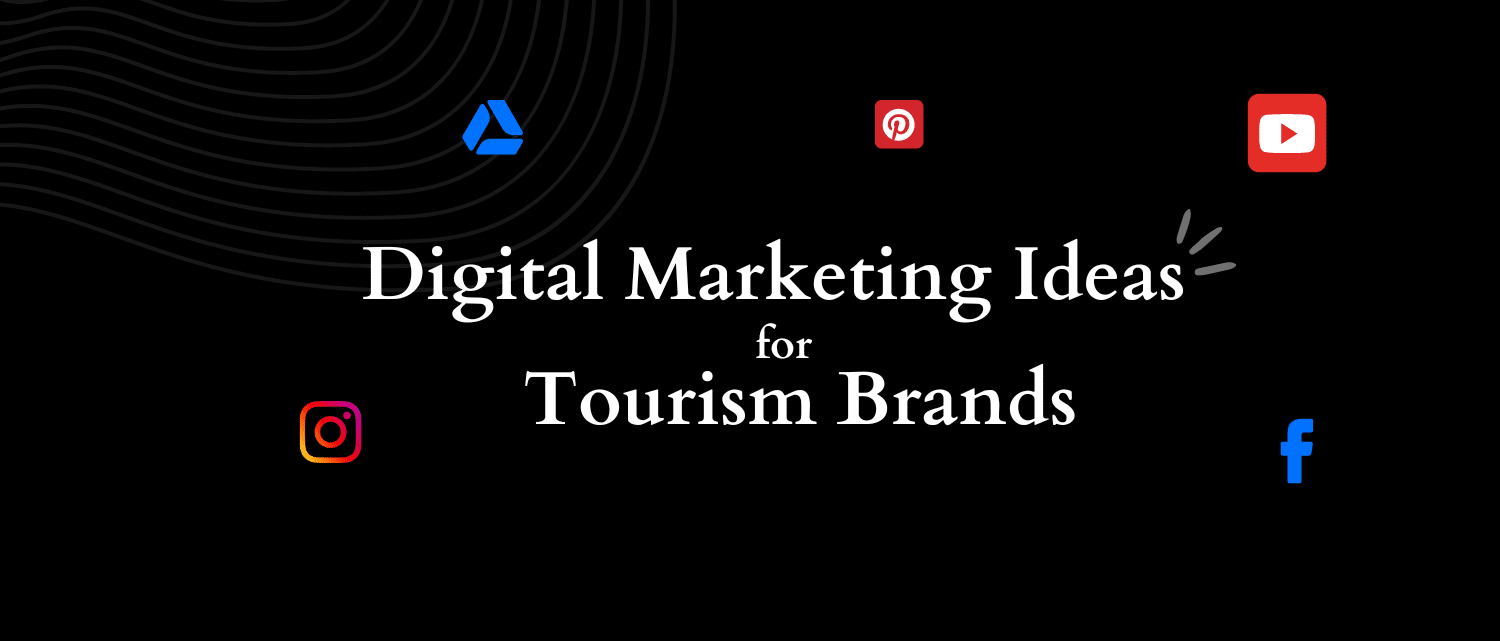Ever since things turned digital, the message from marketers has all been loud and clear: it’s either you go digital or pack your bags and go home. But then again, the digital landscape hasn’t been as plain and straightforward as some people love to assume. It’s been shifty instead, with the likelihood of something new popping up every now and then.
Trend watchers have to keep their eyes open, ready to take a jump on the next newest thing in the digital space before the whole world catches up to it. This calls for an urgent need for marketers to be always assertive, with the capacity to foresee the changes that are likely to end up affecting their core marketing strategies.
In the world of digital marketing, change is constant. Search engines and all the stakeholders involved have to keep on working on their system, making necessary adjustments here and there until they’re finally able to address the needs of the end users.
Which is to say, we’re at that point of the year where marketers and business owners alike have to reflect on what’s new in the digital spheres and see how it’s likely to affect their overall marketing strategies.
If you’ve been keen on observing, you must have noticed that the new shift is more tilted towards data privacy – a new paradigm that has seen to it that marketing becomes even more volatile and that there’s a fine to tread between innovation and tradition.
Now without further ado, let’s take a plunge into some of the digital marketing predictions that are worth watching out in 2019, as the year rolls:
Digital Marketing Predictions for 2024
#1 Personalized Marketing
Personalization, as the name suggests means addressing your target audience from a personal point of view instead of using catchy jingles and blanket campaigns.
In a study conducted two years back, 90% of the world’s population found personalized content more appealing, with only 4% reporting the opposite.
Benefits of marketing personalization abound, and examples include:
- Enhanced customer experiences
- More Revenue
- Increased brand loyalty
- Brand consistency
- Cross-channel opportunities and so forth
The whole point is to make your audience feel like you personally know them and that you understand their needs and experiences and to the core to know what’s best for them.
This contrasts the old strategy, which was more generic. Nowadays, businesses have to develop a deeper understanding of how their target audience thinks and operates. With this information, they can easily adjust to make it much easier and enjoyable to shop with them. Have a look at Coke’s #ShareACoke personalized marketing campaign, Personalization at its best!
And gone are the days when personalization meant a totally different thing. With marketing automation CRM and a series of other automation tools, it’s possible to address every single one of your email recipients without going through the hassle of doing it manually.
What these tools do is automatically segment your contacts based on a string of new parameters such as off-site activities and search history. The emails will then be sent based on the data profile of the underlying customer, and NOT just their time zone as it’s always been the case.
With the current technological advancement and growth, there’s NO limit as to what you can personalize.
For instance, you have the option to personalize product recommendations, videos messages, social media messages, web content, and digital advertising to name a few.
#2 Video Marketing
There’s a reason the world of marketing has been abuzz with pointers and primers on how to leverage video marketing. That’s because videos are all the craze as we speak – and if stats are anything to go by, they’ll be making up an upward of 85% of the world’s consumer traffic by 2020.
Read this bearing in mind that the bulk of the videos that people will be watching will NOT be created and uploaded by brands, but by individuals.
One common hang-up among marketers and businesses is that they all want their videos to match Hollywood standards, in the name of professionalism. But one thing they’re forgetting is that it’s possible to cash in on the power of video marketing even with the simplest video recording tools one can find. To take your video marketing campaign to the next level try different free video marketing tools available in the market.
If anything, all that your users want from you is quality content that’s both informative and story driven.
There’re numerous ways you can incorporate videos into your marketing strategy, including advertising – and here are a few examples to consider:
- Make a simple how-to stock videos on anything that relates to your line of business.
- Create a simple product walkthrough.
- Interview a few influencers within your industry
- Organize event videos
- Launch a series of webinars
- Consider creating behind-the-scenes videos of your brand, production process, employees, and so forth.
#3 User-Generated Content
User-generated content gives you the capability to crowdsource the collective knowledge of your entire audience and display it to your users and audience. After all, who knows them better than themselves.
Let’s face it, most brands don’t have the time and resources to create original and exclusive content and that too at a consistent frequency. So, it becomes really hard to compete with bigger brands with huge marketing budgets.
User-generated content is your earned media that, first of all, helps you deal with the content crunch. Secondly, it helps you build a stronger brand image, generate brand trust, help you build a community, and exploit potential leads that could create more opportunities for your brand.
#4 Chatbots
Chatbots are widely ignored, yet they’re an integral part of digital marketing, particularly in 2019.
The AI-based technology employed in the making of chatbots enables you to chat in real-time with potential customers at any time of the day. Meaning, you have a real-time opportunity to convince them to take action.
As it stands, 1.4 billion people are already interacting with chatbots, with the number projected to increase up to 80% by 2020. It’s also been predicted that chatbots are likely to help the business sector save up to $8 billion per year of their marketing money by 2020, particularly for those operating in the banking and healthcare sector.
Customers have also admitted to preferring chatbox interactions over any other form of online interaction, and it’s all because they’re responsive, accurate, prompt and easy to recall your buying history should you see the need for it. Suffice it to say that these virtual assistants are specifically designed to offer amazing customer service, in addition to automating repetitive tasks and meeting customer’s expectations. and some businesses even hire virtual assistants to enhance their customer support further
#5 Privacy/GDPR
As a data-driven marketer, you’ll be dealing with loads of customers’ data that will be like the backbone of your marketing strategy and the basis of your successful campaigns.
So it’s important that you try and learn more about your customers – and while at it, be mindful of their privacy.
GDPR was recently introduced, and since then legislators and lawmakers have become so strict on setting up data privacy laws and policies that together govern how you interact with customers’ data and to what extent.
For instance, it’s now required that you provide an opt-in and opt-out for every single one of the ads you run. Same goes for surveys and data capture forms. And on top of that, you have to make sure that your marketing mission is goaded by legitimate interests.
#6 Artificial Intelligence
This is meant to make digital marketing more human and less machine-like. It’s what the industry needs at this point in time.
It’s everywhere and businesses are adopting it by the day to better their marketing strategy, clock more conversions, and to scale up, as well.
And this is the year when AI will garner a wider digital adoption, particularly in the world of digital marketing. That comes after years of marketers balking at the idea of incorporating AI into their marketing strategies, mostly due to the ambiguous nature of AI.
But as it stands, marketers are beginning to come to terms with its real marketing value. Speaking of which a good number are already embracing it and even leveraging its true potential in bettering their marketing strategies.
#7 Influencer Marketing
As the name suggests, influencer marketing involves identifying and using some key leaders within the industry you’re in to extend the reach of your brand message. Instead of marketing your products to a small group of consumers, you simply get influencers to help you spread the word out to an even greater audience.
Influencers have the much-needed power and trust to influence masses into taking an action. Their word alone is enough to get so many of your target customers to change up their mind and consider making a purchase without second thoughts.
On the subject of influencers, this can be anyone – from a celebrity, an Instagram star to a prominent bloggers or vloggers or journalist. The choice is yours.
The influencers you choose get to act as your past consumers – that is, people who’ve used your products or services and have something positive to say about it.
Think of it as some sort of endorsement from a trusted member of society. The fact that endorsing an inferior product puts their credibility on the line, means consumers have no option but to take their word for it.
#8 Voice Search
Voice search optimization rose to be one of the most effective digital marketing tips to leverage in 2018, and it’s only bound to get even better as 2019 rolls by. As a matter of fact, this will be the year when voice-enabled and voice assistants’ services make it to the spotlight.
In brief, this is the year when voice searches will be laying the foundation of what to expect in the next few years – and if the projections floating by are anything to go with, half of all searches people make will be by voice by the year 2020.
#9 Podcasting
Thanks to video sharing platforms such as YouTube, Instagram, and Facebook to name a few, live content is turning out to be the fastest segment of video traffic, having made remarkable waves in the recent past.
Podcasts and live streams are effective because they’re absolutely free, in addition to taking a very short time to produce. They also offer real-time user engagement. The user also gets to view your content based on their time of convenience and NOT users.
Even more important is their ability to generate greater user impressions compared to the other kind of posts people publish on their newsfeeds.
Let’s Wrap it Up
We’re counting months into 2019, almost covering the first half of the year, but there’s so much to be worked on before the year winds to a close.
This post covers some of the most recent updates and which are sure to generate a bigger impact should you decide to incorporate them into your marketing strategy. So as a marketer, you have no option but to embrace each one of them with open arms if your plan is to ramp up your revenue stream while maintaining a firm position ahead of the curve.



